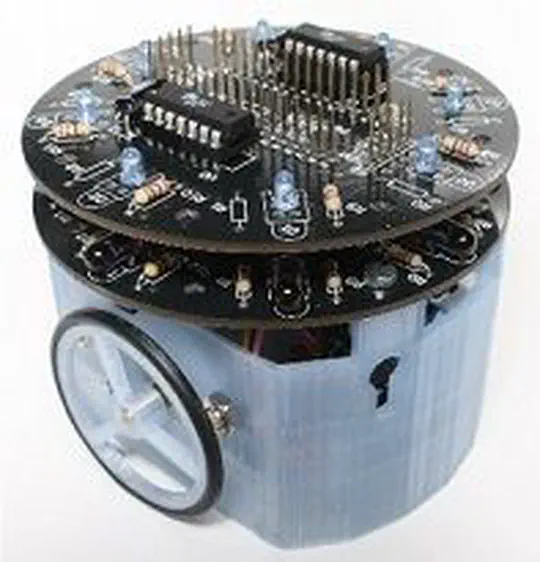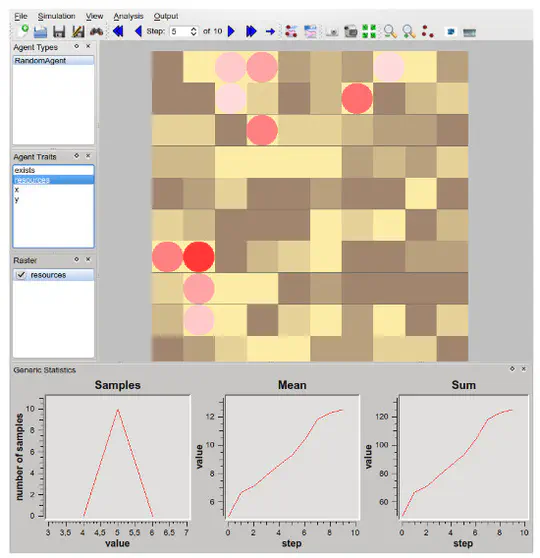Jean-Marc Montanier
Research Engineer Robot Perception and Deep Learning
Bosch Center for Artificial Intelligence
Biography
I’m a Research Scientist, currently working at the Bosch Research center in Renningen.
Current work
I work on AI methods applied to robotics. My focus is on bringing our current work at production level.
Previous work
I worked as a resercher engineer or data scientist in various companies and sectors (from robotics to marketing). No matter the name of the positionm, I work at the interface between researchers and production. The idea is to bring the findings of researchers to production, and bring new ideas from the production to researchers.
Before working in the industry, I worked in multiple laboratories on the use of learning algorithms for multi-agent systems. I targeted the challenges arising when agents have to adapt to the environment, and produce a satisfying behaviour at the level of the population.
- Robotics
- Artificial Intelligence
- Machine Learning
- Multi-Agent Systems
-
PhD in Robotics, 2013
Université Parsi-Sud XI
-
Engineering School in Electronics and Informatics, 2009
INSA Rennes
Experience
- Bringing AI for robotics to production
- Activities: Tooling for compute and data management
- Responsibilities: Designing, execution, and support
- Tools: Docker, Terraform, Cloud services, Poetry, IBM LSF
- Reliable Machine Learning at scale
- Activities: Development of complex machine learning stack
- Responsibilities: Epic Lead (set-up project and follow up to completion), Full-stack programming (from data ingestion to serving), Mentoring junior engineer
- Tools: Kubeflow Pipeline, NumPy, TF, PySpark, Docker, CircleCI
- Data science for industrial production
- Activities: Tech. lead on visual inspection and Multi-Agent modelling
- Responsibilities: Bringing prototypes to production, Technical advisor to management, Mentoring junior engineer
- Tools: Python (scikit-learn, scipy, jupyter), CNN
- Software Innovation for humanoid robotics
- Activities: Grasping, Sound Event Recognition, Skeleton Detection
- Responsibilities: Scientific roadmap of the team, Delivery of PoCs, Mentoring interns
- Tools: Python (scikit-learn, scipy, jupyter), C++, Pepper, Nao
- Development of Multi-Agent Models for the study of cultural evolution and trading behaviors
- Research activities and development in C++/Python/R
- Supervision of Ph.D. Students
- Research on on-line on-board distributed evolutionary robotics
- Study of self-aggregating behaviors
- Leading students through the realization of a robotic platform
Recent Publications
PDF Code Dataset Poster Slides Video Source Document Custom Link


